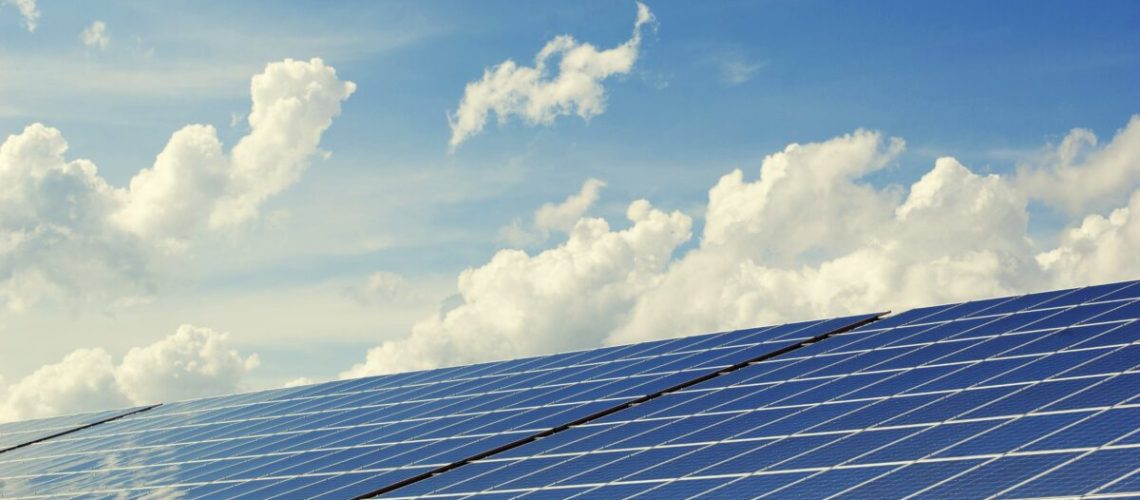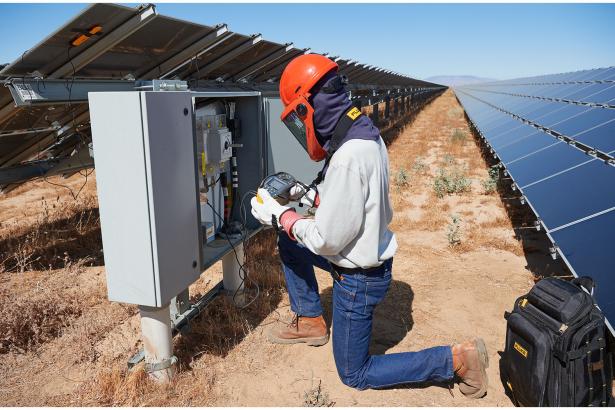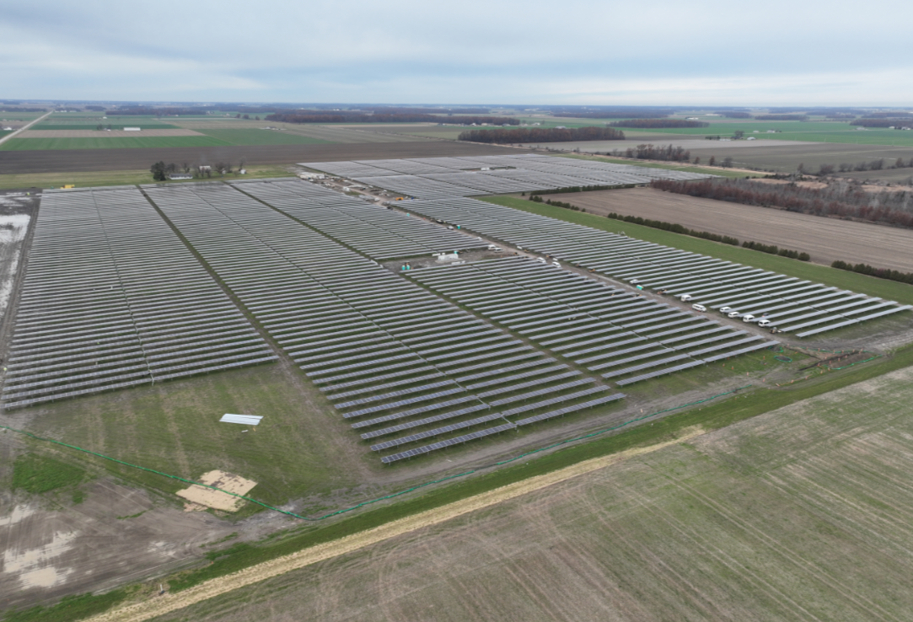Developers secured $1.3 billion in financing for a project in Utah and over $300 million each for project portfolios in Arkansas and the Dominican Republic.
A record 413 GW of solar is expected to be installed in 2023, climbing high above 2022 totals of about 252 GW. This annual growth of installations is projected to continue through 2030, when 727 GW may be installed globally each year, based on BloombergNEF forecasts.
A large chunk of this unprecedented growth in solar capacity will be carried by large utility-scale solar projects that consist of tens of thousands of solar panels. These projects typically require considerable debt financing to move from development to construction. Once completed, the projects typically sell electricity generation via a power purchase agreement, hauling in a return on the debt financing investment over a 25-year period.
Now, with increased demand for solar in state, federal, and corporate clean energy procurement plans, and lucrative incentives made available to U.S. projects through the Inflation Reduction Act (IRA), utility-scale solar projects are attracting debt financing in droves. Below are three recent large-scale solar financing developments across North America.
Excelsior Energy – $1.3 billion – Utah
Excelsior Energy Capital announced it closed a $1.3 billion financing package on the Faraday Solar project in Utah. The project was acquired earlier this year from Parasol and Clenera.
Faraday Solar is a 682.5 MW solar facility under an investment-grade long-term power purchase agreement. The project will provide its electricity generation to utility PacifiCorp, who will allocate the power to Meta (Facebook.) The project is currently under construction and is expected to enter operations in the third quarter of 2025.
U.S. Bancorp Impact Finance committed $400 million of tax equity through a solar PTC Partnership. A $460 million loan, a $300 million tax equity bridge loan and $250 million in ancillary facilities were financed with MUFG and Nord/LB acting as coordinating lead Arrangers.
“A project of this size requires an enormous amount of collaboration, and we were pleased to work with a talented group of professionals from the Excelsior team to spearhead it,” said Darren Van’t Hof, director of renewable energy investments, U.S. Bancorp.
Primergy – $300 million – Arkansas
Primergy, a leading developer, owner, operator of solar projects, including the 690 MW Gemini solar project in Nevada, announced it has closed commitments for $300 million in debt finance and tax equity investment for a solar project in Arkansas.
The Prairie Mist project is a 100 MW project in Ashley County, Arkansas. It is expected to be completed in 2024, providing enough power to for the equivalent of about 22,000 homes once operational. The project is expected to create 100 local jobs and contribute $10 million in tax benefits for Ashley County.
The project debt financing includes a tax equity bridge loan, construction/term debt, and a letter of credit facility. The debt facilities are led by a syndicate comprising Norddeutsche Landesbank Girozentrale, Société Générale, Crédit Agricole Corporate and Investment Bank, and SMBC. The Prairie Mist financing also includes a tax equity investment led by an affiliate of The PNC Financial Services Group, Inc.
AES – $368 million – Dominican Republic
AES Dominicana raised $368 million in a loan facility for projects in the Dominican Republic. The local arm of AES will construct three projects with a combined capacity of 240 MW, which are expected to come online in 2024.
Spanish developer TSK was selected as developer for the three Peravia solar projects, which will add 240 MW of capacity when complete. This will add significantly to the 742 MW of active solar capacity in the nation as of the end of 2022.
The funds will also be used to refinance debt accrued for 150 MW of wind and solar assets. Banco Latinoamericano de Comercio Exterior (Bladex) served as joint lead arranger in collaboration with nter-American Development Bank, JP Morgan and Scotiabank.





